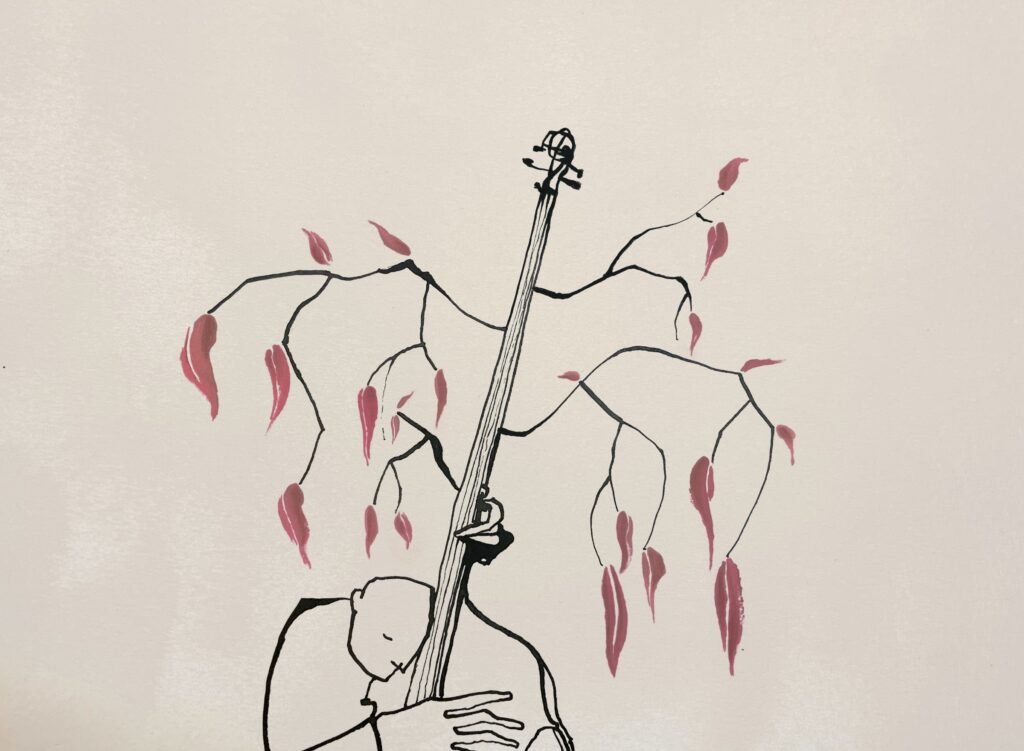
“Our natural systems are designed to function perfectly in relationship to one another. It is only when we break these natural systems down into fragmented pieces that the problems begin.”
— Sherri Mitchell, Weh’na Ha’mu’ Kwasset
The word ‘regenerative’ is starting to appear in many spaces, but is it yet another buzzword that will soon lose all meaning, or could it provide a useful framework for our work and life?
The word itself has been around for a while and essentially means to repair damage done. Until recently, we mostly heard of regenerative in relation to agricultural practices. Sustainable would refer to agriculture that is free from harmful chemicals, for example, and regenerative goes one step further and repairs damage done to the soil and land.
Today, it is of course increasingly being used in relation to climate change, but not only that: we are hearing about all kinds of regenerative practices: from medicine to architecture, to the economy, and to regenerative as a way of thinking, of leading and of working.
Sadly, as is often the case, such words and concepts become trendy and find themselves hijacked by the corporate world that mostly adopts them for branding purposes, with total lack of any serious inquiry or accountability.
The chief executive officer of Walmart, for example, recently announced they would become a “regenerative company,” even though their $500 billion a year of consumer goods are mostly produced with extractive petrochemicals that eventually end up in a landfill. Not to mention numerous lawsuits against the company for all kinds of human rights violations: ranging from the use of child labour, to discrimination based on gender, race and disability.
So before the word becomes devoid of any meaning, it might be worth examining what regenerative practices are and how they might be applied to repair the damage in our lives and societies.
At its core, the concept of regenerative seeks to re-establish balance between us and the natural world and move away from a conquest-mindset. This includes everything, from relationships between people, communities, organisations and countries, and also with ourselves; so, system transformation.
If we translate that into a mindset, Josie Warden explains, it is one “that sees the world built around reciprocal and co-evolutionary relationships, where humans, and other living beings and ecosystems rely on one another for health, and shape (and are shaped) by their connections with one another.”
Of course what we are doing is bringing forth and adapting traditions that have been practised for thousands of years by Indigenous communities who enshrined these principles in their way of life; and similar examples can probably also be found among our ancestors, knowledge that many of us have forgotten. And this is good news because it means there is ample practical knowledge and evidence of how we might adapt and apply these principles to various settings today.
In Regenerative Leadership: The DNA of life-affirming 21st century organisations, Laura Storm and Giles Hutchins identified five common principles found in regenerative organisations, from a range of professions and settings, that essentially transform their practices by seeking inspiration from nature.
The first principle seeks to view the organisation as a living system, so we would apply principles of re-use, upcycling, zero waste, etc. For people, this means, for example, that work is a place where we can grow, evolve and learn from our mistakes.
The second principle is that change is constant; so we move from fixed mechanistic hierarchies to responsive ones. This also means we leave space for emergence, for things unplanned where creative ideas are often found. A third and fourth are that everything is connected and relationships must be diverse, so we move from bidirectional relationships to relationships based on mutuality and reciprocity.
The final commonality is this idea that life is cyclical, with seasons, day and night, which means instead of just focusing on being productive, we create space for reflection, silence, and rest. This puts the responsibility for self-care on the organisation, not on the individuals. Otherwise we place yet another burden on the individuals to ‘get better’ while the system remains unchanged.
Beyond just improving our lives today, on a wider scale, it might help us understand the responsibility we have towards future generations and the sort of legacy we want to leave behind.
Ultimately, responsibility moves a regenerative world. Once we claim ownership of our words, gestures, rhythm and presence, we can begin to see where there is space for growth. Gardens, as we know, do not grow overnight, but we can choose the seeds today: whether they are manifested as curiosity, compassion or cacti. What’s your pick?
For references and further resources, visit our inspiration page. Read also Will We Be Monsters to Future Generations?, The Trees Are Gardening Us and Rest as Resistance.
Words by Veronica Yates and illustration by Miriam Sugranyes
